Italy has had a remarkable influence on art throughout history.
Here is our selection of 6 Italian art museums and galleries that have to be on your must-visit list in Italy!
Italian art
Italy is well-known for its arte (art). This lovely place’s heritage is embedded in magnificent buildings decorated with creative decorations second to no one.
Italy took architettura (architecture) and artwork to a whole new level, even during the period of the Ancient Romans.
Some of the world’s most famous artists are Italian, and some of the world’s most famous musei (museums) still exist in Italy, containing – you guessed it – some of the world’s most famous artwork!
Italy is much more than just food and wine, though those are great as well.
Let’s see six Italian art museums before stopping for lunch!
The Vatican museums, Vatican City
A journey to Italy would be incomplete without a visit to the magnificent Vatican Museums.
Founded in the early 16th century by Pope Julius II, they display valuable artworks collected by the Popes over the years, including classical sculptures and notable Renaissance masterpieces.
The Vatican Museums are best known for the Sistine Chapel, which houses Michelangelo’s ceiling frescoes, as well as the four Raphael Rooms and works by Caravaggio, Leonardo da Vinci, Giotto, Lippi, and Perugino.
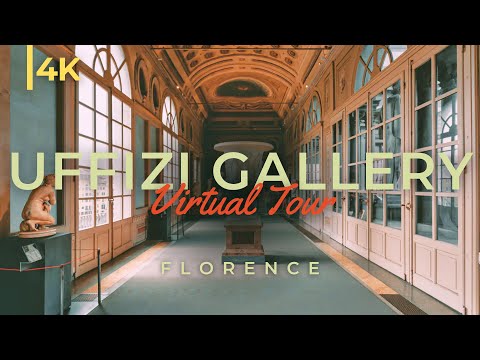
The Uffizi Gallery, Florence
The Uffizi Gallery in Florence hailed as one of the great Italian art museums in the world, takes you to a wonderful period in art history, the Renaissance era.
It was established in 1581 and houses a magnificent collection from Italy’s well-known Medici family. Uffizi houses artworks from Leonardo da Vinci, Rembrandt, Michelangelo, and other artists.
The top floor houses a collection of Roman sculptures.
Botticelli’s Primavera and The Birth of Venus, Filippo Lippi’s Madonna and Child with Two Angels, and Titian’s Venus of Urbino are among the notable masterpieces displayed.
The Galleria Borghese, Rome
The Borghese Gallery in Rome is a 17th-century palatial palace that houses Cardinal Scipione Borghese’s large Italian art collection.
Visitors can gain an overview of Italian aesthetics in its large 20 rooms, which include antiquities, early baroque art, and dipinti rinascimentali (Renaissance paintings).
Bernini’s 1623 self-portrait, Caravaggio’s Boy with a Basket of Fruit, St Jerome’s Writing and Sick Bacchus, Titian’s Sacred and Profane Love, and Raphael’s Entombment of Christ are among the renowned paintings on show.
The Galleria dell’ Accademia, Florence
The Gallery of the Academy of Florence, which holds Michelangelo’s famed David sculpture, also exhibits works by artists such as Sandro Botticelli, Domenico Ghirlandaio, Pontormo, and Andrea del Sarto.
This Italian art gallery features some exquisite Florentine Gothic artwork as well as unfinished pieces by Michelangelo.
Peggy Guggenheim Collection, Venice
Peggy Guggenheim‘s spectacular canal-side house enchants the former American Heiress’ astonishing modern art collection.
It is regarded as an important Italian art museum for twentieth-century European and American art, displaying surrealist, futurist, and abstract expressionist works.
Around 200 prominent and lesser-known artists’ works are on show, including pieces by Max Ernst, Jackson Pollock, Pablo Picasso, and Salvador Dalí.
Pinacoteca di Brera, Milan
The Pinacoteca of Brera has works by Rembrandt, Titian, Tintoretto, Veronese, and the Bellini brothers.
Andrea Mantegna’s The Dead Christ and Three Mourners, Raphael’s The Marriage of the Virgin, and Francesco Hayez’s The Kiss are among the classics on show.
Terms to know before visiting an Italian art museum
The High Renaissance is often regarded as the pinnacle of European art history, ushering in the likes of Leonardo da Vinci, Raphael, and Michelangelo, among many others.
These painters restored Ancient Greek aesthetics while also inventing new and innovative methods of artistic production.
Each of these accomplishments prompted the development of a new language to describe them, and many of the Italian art terms that evolved are still in use today.
- Contrapposto (counterpose): Standing in contrapposto, a person places all of his or her weight on one leg while the other, more relaxed leg bends at the knee.
The torso, shoulders, and head of the figure all tilt away from the straightened leg, completing the twist.
Non vi sembra una posa scomoda?
Doesn’t it seem like an uncomfortable pose?
- Fresco (fresh): To make a fresco, painters apply a mixture of powdered colors and water to wet lime plaster, which causes a chemical reaction that fuses the color with the wall.
Because plaster dries fast, painters must work in sections, each of which is referred to as a giornata, which is the Italian for “a day’s work.”
- Chiaroscuro (light-dark): The term chiaroscuro is derived from the Italian words chiaro (“clear” or “bright”) and oscuro (“obscure” or “dark”), and it describes the arrangement of light and shade in a work of art.
- Sfumato (to evaporate like smoke): Sfumato, which means “to evaporate like smoke,” is a painting technique that creates gentle, hazy transitions between tones—the visual inverse of a sharp outline.
- Pentimento (repentance): Pentimento, also known as “repentance,” refers to a modification made by an artist throughout the painting process, evidenced by a picture hidden inside the work itself.
- Tondo (round): A tondo is a circular artwork or sculpture derived from the Italian word rotondo, which means “round.”
- Non Finito (not finished): Non finito (literally “not finished”) artworks are purposefully left unfinished by their creators.
According to Plato, all artworks are incomplete because they can never surpass the beauty of the Divine.
Choosing to leave an artwork unfinished can be an ode to this concept, demonstrating that, as Michelangelo once stated:
“la vera opera d’arte è semplicemente un’ombra della perfezione divina.”
“the true work of art is simply a shadow of divine perfection.”
Final thoughts
ITALY, at the top of practically everyone’s travel list, represents a wonderful time in art history that is absolutely unimaginable to the human mind of today.
With works from masters such as Leonardo da Vinci, Michelangelo, Raphael, and Donatello, Italy is a place where even non-art fans want to visit museums and experience some of the world’s most astounding works of art.
Quindi pianifica ora la tua vacanza
So plan your vacation now
and immerse yourself in the awe-inspiring Italian art culture !
See also: 50 useful Italian music terms and symbols to know.


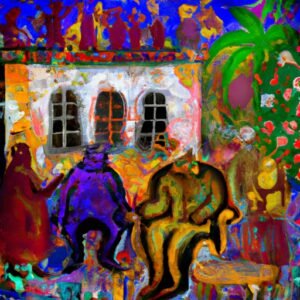
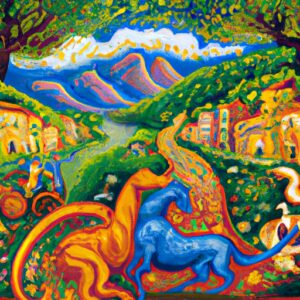
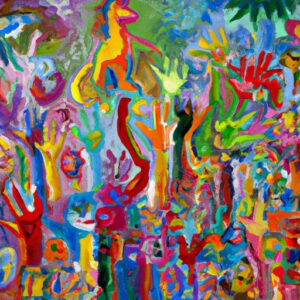
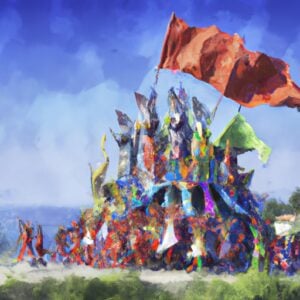




One Response
I’d love to visit some of these museums 😍 and I’ll make sure to keep the terms in mind 😎